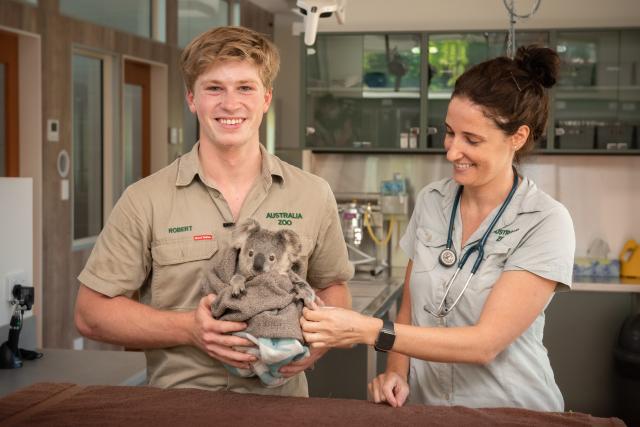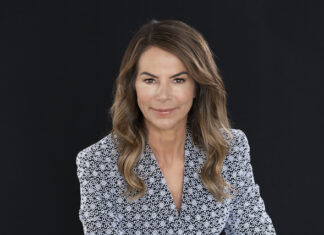The Australia Zoo Wildlife Hospital has opened a brand-new Koala Intensive Care Unit, the Perry MacFarlane Intensive Care Ward, which will provide specialised treatment to sick, injured and orphaned native wildlife.
The Perry MacFarlane Intensive Care Ward is named by actor and producer Seth MacFarlane, in honour of his mother.
Seth generously donated one million dollars to assist with patients affected by drought and bushfire. The ward is a world-class facility that includes temperature-controlled rehabilitation areas and a state-of-the-art hyperbaric chamber, as donated by the Hyperbaric Veterinary Medicine (HVM), for aiding in the treatment of patients suffering from burns.
During the catastrophic 2019-2020 bushfire season, the Wildlife Hospital witnessed an alarmingly high number of patients who suffered from dehydration, burn injuries, smoke inhalation and starvation.
Scientists estimated that nearly three billion animals were severely injured or lost their lives during the wildfires, the effects of which will be reflected on our biodiversity for decades. It is feared that at least half of the nation’s only chlamydia-free koala population, a key insurance for the species’ survival, was lost.
The ICU will play a critical role in helping our wonderful team of veterinarians and nurses to treat patients that are affected by wildfires of this intensity and magnitude.
“We are so thankful to Seth MacFarlane for his support, this new facility will be a game-changer for wildlife in need, especially those affected by drought and wildfires,” said Terri Irwin, Founder of Australia Zoo Wildlife Warriors.
Along with significantly assisting in the rehabilitation of koalas, the facility has been specially designed to house platypus and echidnas, both of which we saw drastically affected by the 2019-2020 bushfire season.
“Around the world we are seeing increased bushfire activity, the ICU will be critical to ensuring our wildlife have the best chance possible in these situations. It has never been more important for us to look after our native fauna and flora, as we share the planet with them and must ensure that we protect them in the wild for generations to come,” Terri said.
The Intensive Care Unit is currently treating its first patient, Salt, an orphaned koala joey who had arrived at the Wildlife Hospital with his mum. Unfortunately, Salt’s mum was suffering from neurological trauma due to being involved in a car accident. Salt is now six months old, and will receive the lifesaving treatment and care he needs to rehabilitate and be released for a second chance at life in the wild.
As Australia’s busiest koala hospital, we are at the forefront of koala research and conservation, working with universities to find a cure for deadly diseases like chlamydia that are decimating the population of koalas.
Koalas are now classified as endangered across Queensland, New South Wales and the Australian Capital Territory, making it more important than ever to protect this iconic species through conservation efforts that will help us ensure their long-term survival in the wild.
“We treat around 800 koalas at our Australia Zoo Wildlife Hospital each year, with Trauma Season bringing in more patients than ever. Our new Intensive Care Ward is an incredibly important facility that will help us treat not just koalas, but also echidnas and platypus, further helping us achieve Dad’s important mission of wildlife conservation,” said wildlife conservationist Bindi Irwin.
During the bushfire season of 2019-2020, the Australia Zoo Wildlife Hospital treated animals from across the nation. We had deployed a team to Kangaroo Island, off the coast to South Australia, to help with rescue and recovery efforts as tens of thousands of koalas were estimated to have perished.
The Australia Zoo Wildlife Hospital also built a specialised facility for flying foxes as we received an influx due to drought and fire. The facility successfully allowed orphaned baby flying foxes to learn and adapt to their natural behaviours before being released out in the wild.







